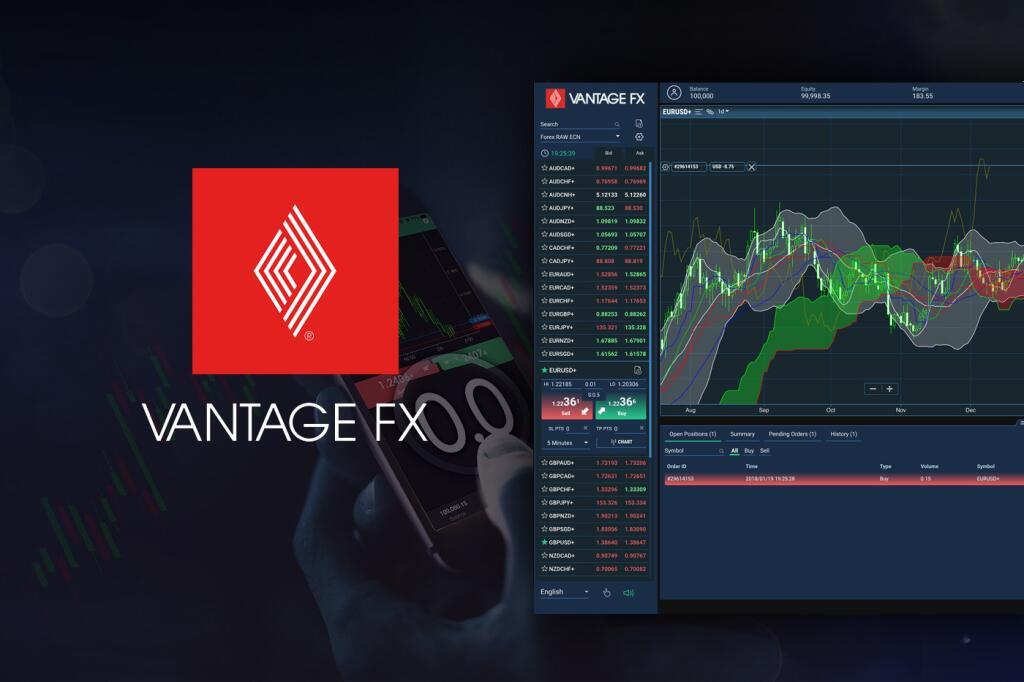
This information is not a recommendation to buy, hold, or sell an investment or financial product, or take any action. This information is neither individualized nor a research report, and must not serve as the basis for any investment decision. Etf trader Before making decisions with legal, tax, or accounting effects, you should consult appropriate professionals. Information is from sources deemed reliable on the date of publication, but Robinhood does not guarantee its accuracy.
3 stocks Rajesh Palviya recommends to buy next week – The Economic Times
3 stocks Rajesh Palviya recommends to buy next week.
Posted: Sat, 02 Sep 2023 11:42:00 GMT [source]
A stop order is an order to buy a security as its price is rising and hits a specified stop price, or sell a security as it is declining and reaches the stop price. The former is called a buy-stop, and the latter is called a sell-stop. Most typically investors set sell-stop orders to protect the profits, or limit the losses, of a long position.
Understanding Stop-Loss Orders
A stop-loss order is placed with a broker to sell securities when they reach a specific price. These orders help minimize the loss an investor may incur in a security position. So if you set the stop-loss order at 10% below the price at which you purchased the security, your loss will be limited to 10%. Trading financial https://investmentsanalysis.info/ products carries a high risk to your capital, particularly when engaging in leveraged transactions such as CFDs. It is important to note that between 74-89% of retail investors lose money when trading CFDs. These products may not be suitable for everyone, and it is crucial that you fully comprehend the risks involved.
Navigating the Challenging September Stock Market – Best Stocks
Navigating the Challenging September Stock Market.
Posted: Thu, 31 Aug 2023 22:21:10 GMT [source]
The chief operating officer (COO) is part of a company’s executive team often charged with implementing strategy, managing change, and overseeing day-to-day operations. Investment companies connect investors to securities either directly or through a third-party distributor to help manage investments. The difference between a stop-loss and a stop-limit appears when the stock price hits the stop. The implications of becoming a market order versus a limit order can be significant. Total return gained or lost in a time period helps investors measure return.
How Does a Stop-Loss Order Limit Loss?
Options trading entails significant risk and is not appropriate for all customers. Customers must read and understand the Characteristics and Risks of Standardized Options before engaging in any options trading strategies. Options transactions are often complex and may involve the potential of losing the entire investment in a relatively short period of time. Certain complex options strategies carry additional risk, including the potential for losses that may exceed the original investment amount. This information is educational, and is not an offer to sell or a solicitation of an offer to buy any security.
- The stop price of a sell order needs to be below the current market price.
- Second, there is a limit price order that fills the contract only if the security price reaches that target.
- If the stock opened at $63.00 due to positive news released after the prior market’s close, the trade would be executed at the market’s open at that price–higher than anticipated, and better for the seller.
- The reward-to-risk ratio is simply the ratio of your potential profit and your potential loss on a trade.
Whether the markets are in a period of high or low volatility, traders should consider using these defensive tools. Unlike standard stop orders, with a stop-limit order, you must enter both a stop price and a limit price. In most cases, the limit price on a sell stop-limit order will be equal to or below the stop price. As the stock begins to decline in value, if the stock trades at or below the stop price, the order will trigger and become a limit order to sell at the specified limit price. Note, even if the stock reached the specified limit price, your order may not be filled, because there may be orders ahead of yours.
Trading and Markets
A stop order is an order to buy or sell a stock at the market price once the stock has traded at or through a specified price (the “stop price”). If the stock reaches the stop price, the order becomes a market order and is filled at the next available market price. A stop-loss order will limit your losses to about the specified level you define. It’s important to note that you should create a complete strategy (entry, stop-loss, and take-profit) to manage your position before you enter that position. That way, you avoid the emotional uncertainty that comes with having an open position. In a stop-loss order, if the price triggers the stop, a market order will be executed.

A value investor’s criteria will be different from the criteria of a growth investor, which will be different from the criteria of an active trader. No matter what the strategy is, the strategy will only work if you stick to it. So, if you are a hardcore buy-and-hold investor, your stop-loss orders are next to useless.
Stop Order: Definition, Types, and When to Place
It helps to think of each order type as a distinct tool, suited to its own purpose. Whether you’re buying or selling, it’s important to identify your primary goal—whether it’s having your order filled quickly at the prevailing market price or controlling the price of your trade. Then you can determine which order type is most appropriate to achieve your goal. For example, consider an investor who is long 100 shares of XYZ, and has entered a stop sell order with a stop price of $50, and a stop limit price of $48.50. If shares of XYZ decline to the stop price of $50, the 100 shares of XYZ will be sold as long as a minimum price of $48.50 can be obtained.
- Long-term investors shouldn’t be overly concerned with market fluctuations because they’re in the market for the long haul and can wait for it to recover from downturns.
- They may not wish to sell at that limit price at that point, in case the stock continues to rise.
- For example, setting a stop-loss order for 10% below the price at which you bought the stock will limit your loss to 10%.
- If a stock has a high beta (the price moves up and down a lot), you could trigger the sale and miss out on the rebound.
The prosecuting party for the government was Edwin Stanton, Secretary of War.[4] Stevens lost the suit and was confined for “mutinous conduct” for a brief period of time. However, federal courts have consistently found that military service members contractually agree that their term of service may be involuntarily extended until the end of their obligated service. Regardless of what methodology you use, be careful not to place the stop price too close to the current price, or the order might be triggered by regular daily price fluctuations. Similarly, you don’t want to place the stop price too far from the current price, or you may sustain a sizable loss before you exit the position.
What Dogs Does the Military Use? – 12 Common Breeds
Specific markets or securities can be studied to understand whether retracements are common. Securities that show retracements require a more active stop-loss and re-entry strategy. If you use a trailing stop with your stop-loss order, that protection can move with your position even as it increases in value. So, a loss could translate to less profit rather than a complete loss. A stop-loss order is a buy/sell order placed to limit losses when there is a concern that prices may move against the trade. For instance, if a stock is purchased at ₹100 and the loss is to be limited at ₹95, an order can be placed to sell the stock as soon as its price reaches ₹95.

In addition to using different order types, traders can specify other conditions that affect an order’s time in effect, volume or price constraints. Before placing your trade, become familiar with the various ways you can control your order; that way, you will be much more likely to receive the outcome you are seeking. Stop orders can be adjusted in the direction of the trade if the market moves in your favor, but you should never move a stop away from the direction the market is moving.
At Schwab, you have several options for how long your limit order stays active.
The information provided here is for general informational purposes only and should not be considered an individualized recommendation or personalized investment advice. The investment strategies mentioned here may not be suitable for everyone. Each investor needs to review an investment strategy for his or her own particular situation before making any investment decision. Examples are not intended to be reflective of results you can expect to achieve.










